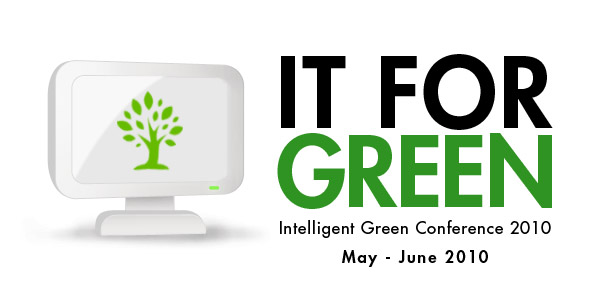- Category: May - June 2010
 Both B2B and B2C companies are very active in gaining experiences through the possibilities of Web 2.0.platforms such as social media, blogs, Twitter, wikis, and so on, that are driven by user-generated content that serves the mutual exchange of opinions, impressions and knowledge.
Both B2B and B2C companies are very active in gaining experiences through the possibilities of Web 2.0.platforms such as social media, blogs, Twitter, wikis, and so on, that are driven by user-generated content that serves the mutual exchange of opinions, impressions and knowledge.
A key qualification for the marketing managers of tomorrow is to create out of given information and opportunities successful campaigns. This thereby ensures that the social web won’t be a passing fad, but rather an evolution and therefore CRM has to evolve as well and "Social CRM" should be regarded as the next evolutionary step in customer relationship management.
Of course not every marketer will succeed on creating with a 140-character message on Twitter or a Facebook page, a loyal customer or "fan", as this requires comprehensive measures. To identify sufficient sales potential out of the social web, it should be considered in the context of social media monitoring how to deal with the comments made on the social media platforms. For example, every day, millions of tweets are generated and a lot of people have specific product and brand questions that are discussed besides many private issues as well.
So, the challenge is that for the vast majority of CRM managers lead generation is built on the conception that one person fills out a form. Without validated contact details however, for example in the form of an e-mail address that accesses the established machinery, CRM simply isn’t easy. The question is now, what to do if there is not enough customer information available in the social media world? To make a lead out of a pseudonym user you have to start a conversation with the person first. Whenever interacting with customers, the company should act as if it is talking face-to-face with them. The intention to sell shouldn’t be in the foreground, but rather a sincere willingness to start a dialogue. Through this arises consumer confidence, which possibly leads to the fact that they are registering on the website of the company and at this point the connection to the traditional CRM system is then established.
This is why the cultural aspects and the human component in marketing should be well thought through before addressing the technical aspects - although we know that CRM is heavily dependent on the technical component. It centralizes customer data, automates the processes and enables intelligent sequences of push and pull communication. But all the technology is wasted if not used in a precisely targeted manner which means, making customer activity the center of attention. In order to do this, the target group needs to be identified beforehand. Still, there is the problem that the customer will then be even more “fragmented”, which can be tackled by holding the barriers for identification as low as possible and by providing tools that preferably are optimized for each visitor.
Manufacturers’ own authentication mechanisms such as Facebook-Connect and open protocols like OAuth and OpenID will therefore gain in importance as they ensure an easy connection between systems and networks as well as allowing the putting together of the "fragments" in the CRM system later.
Understanding and using the techniques of the social web is a "no-brainer", but to truly understand how to use the many functions for developing a real relationship and to know which platform is most efficient for companies and business, sales managers have to engage in a different culture of communication and gain experience. Welcome to the Web 2.0 world!
By Daniela La Marca




















